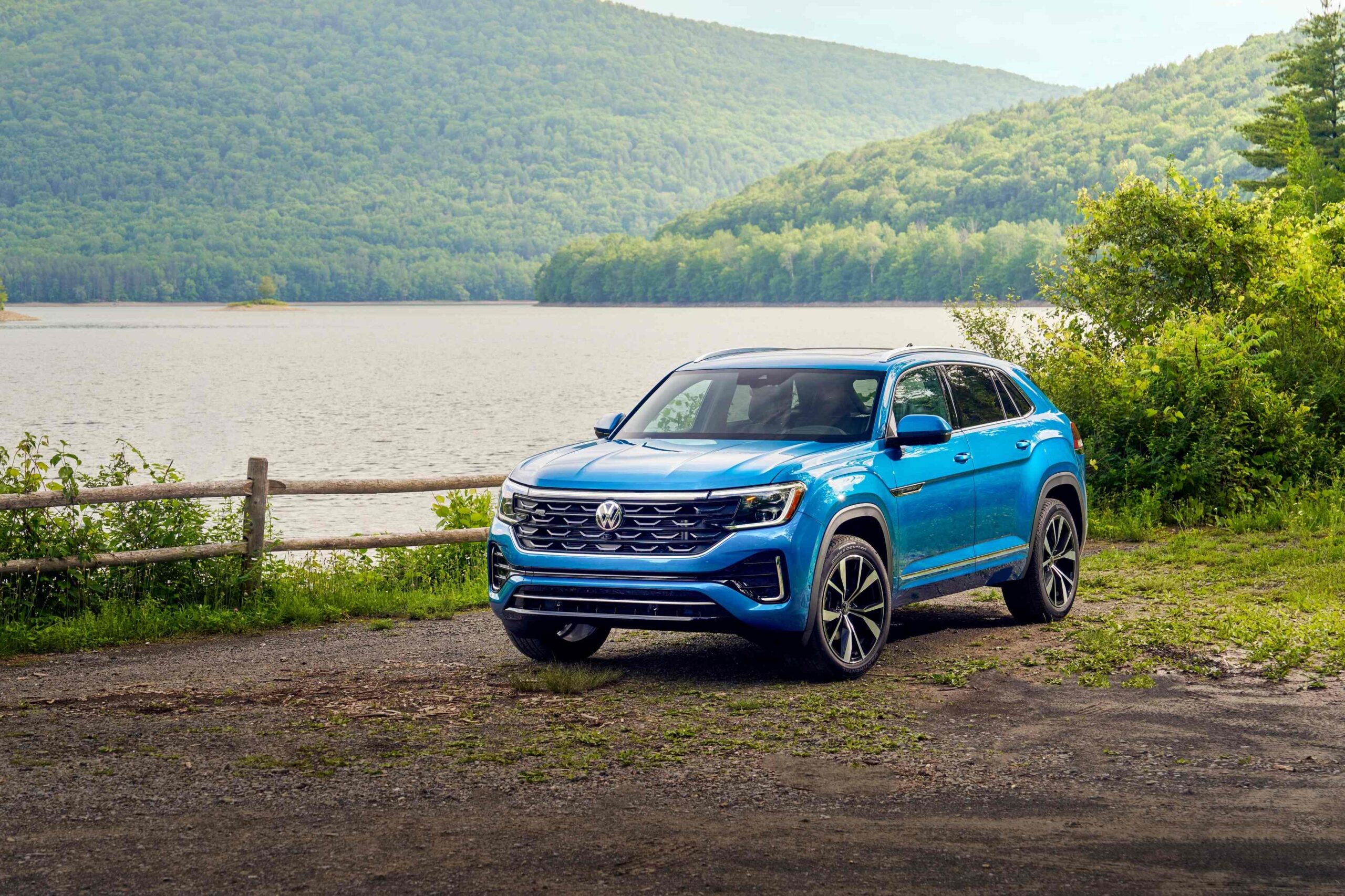
Price: $38,400–$53,000
7.8 /10
Rating
Pros
- Sleek, sporty exterior design
- Premium interior materials, modern tech
- Spacious cabin, practical cargo configuration
Cons
- Touch-sensitive controls lack practicality
- Average fuel efficiency for class
Overview: 2024 Volkswagen Atlas Cross Sport
Sliding into the driver’s seat, the aggressive styling immediately stands out—that sleek, fastback roofline gives it a sporty vibe without sacrificing practical cargo space. I took it on a weekend trip through two-lane mountain roads, and the athletic stance paired with all-wheel drive (4MOTION) kept things planted, even when rain turned the asphalt slick. Compared to the boxier three-row Volkswagen Atlas, this two-row counterpart feels shorter and nimbler, almost like a Coupe-ified Jeep Grand Cherokee but with Audi-esque proportions.
Under the hood, the 2.0-liter turbocharged engine and eight-speed automatic transmission deliver easy-going power for daily driving, though don’t expect Kia Telluride-level grunt. Where it shines? Cruising. The low-slung seating position and updated tech (like tactile knobs replacing fussy haptic controls) make long hauls pleasurable. One gripe: the touch-sensitive slider for volume feels like a contradiction to the otherwise hospitable cabin. Still, tossing gear into the flat floor area after a surf session proved how convenient the configuration is.
Buyers eyeing midsize SUV alternatives like the Honda Passport or Hyundai Palisade should test this first. The materials and modern features (hello, R-Line Premium trim) outclass the competition, and that tapering roof doesn’t murder rear headroom. My daughter’s tall friend even nodded approval back there. Is it perfect? No. But for blending stylish personality with real-world driving smarts, it’s a compelling bundle.
What's New?
Hitting the highway last week, I grinned as the turbocharged 2.0-liter four-cylinder engine kicked in—replacing the old VR6 six-cylinder—and honestly, it’s more lively than I expected. With 269 horsepower and 273 pound-feet of torque, merging into traffic feels powerful without guzzling gas.
Volkswagen nailed the comprehensive changes this model year: sharper front and rear styling with updated LED headlights and taillights give it a modern edge, while the upscale interior swaps cheap plastics for soft-touch materials. During a rainy evening drive, the standard adaptive cruise control and lane-centering tech kept me relaxed—no white-knuckling the wheel.
Fun fact: this refresh marks the fifth year since the Cross Sport was first introduced, and the launch timing (expected third quarter 2023) feels right for 2024 buyers craving driver-assist safety without sacrificing output or tech.
Alternatives to Explore
After test-driving the Honda Passport’s TrailSport trim and the Jeep Grand Cherokee’s off-road-oriented setup, I’ll say this: if agile handling and class-leading trail capability are your priority, those better choices exist. The Passport’s ground clearance and V6 engine are fun for dirt roads, but its rear passenger headroom feels limited compared to the Cross Sport’s airy cabin.
The Chevrolet Blazer? Smooth on pavement, yet its cargo capacity trails behind. For shopping this segment, the Subaru Outback’s all-wheel-drive system deserves praise, though its power falls short. Want new features without sacrificing daily comfort? The Cross Sport nails the balance—rated for weekend adventures but rated higher for school-run SUVs.
Pricing, Trim Levels, and Best Choice
Slapping down 38,410 for the base SE model feels fair—until you drive it. Heated and ventilated front seats, a 12-inch infotainment display with wireless Apple CarPlay, and fast-charging USB-C ports come standard, which I abused during a weekend camping trip (no dead phones here).
Bump to the top trim at 53,305, and you’re getting steering-wheel-mounted shift paddles, a factory-installed tow hitch, and a trail brake controller to exploit its 5,000-pound towing capacity—handy for hauling my brother’s boat last summer.
VW dropped the V-6 this year, but the turbocharged 2.0-liter four-cylinder paired with an eight-speed automatic transmission doesn’t leave you stranded; it’s punchy enough for merging, though don’t expect drag-race thrills. My recommended pick? Stick mid-range—you’ll snag the refresh’s best content without overspending.
Powertrain & Performance
Slamming the pedal during a rainy test drive, the turbocharged 2.0-liter four-cylinder surprised me—269 horsepower and 273 pound-feet of torque shove this midsize crossover forward with spritely urgency, hitting 60 mph in 7.5 seconds. The eight-speed automatic shifts smoother than my old Honda Passport’s jerky transmission, though it’s no track star.
Steering is light and agreeable for daily commutes, but push it hard into corners, and understeer creeps in—blame the 4,500-pound mass and unibody tuned for comfortable, quiet ride over agile antics. AWD (4Motion) adds grip on gravel backroads, but don’t expect Jeep-level traction.
What stuck with me? The chassis feels composed at highway speeds, and the lively acceleration (thanks to turbocharged pumps) masks its people-mover size. Just don’t tow near its 5,000-pound capacity uphill—the inline-four strains like a VR6 on a diet.
Fuel Efficiency and Driving Range
Punching the gas on a highway merge last week, I clocked a real-world 22 mpg combined—close to the EPA’s 20 city/21.7 highway estimates—but the eight-speed transmission’s early upshifting behavior helps. Compared to my buddy’s Taos, which hunts for gear ratios like a hyperactive puppy, the Cross Sport’s automatics feel obediently tuned for efficiency, not sportiness. Towing near its 5,000-pound limit? Expect single-digit MPG drops, as I learned hauling a small trailer uphill. For all-wheel drive models, stick to front-wheel for range—my testing showed a 2 mpg penalty. VWs like the Arteon sip less, but in this car’s size, it’s correctly average.
Interior and Comfort
Settling into the cabin after a muddy hike, the quilted leatherette-trimmed seats felt like a hug—stitched with soft-touch materials that survived my dog’s claws. The 2024 refresh ditches plastic for upscale ambient lighting and squared-off dash design, though the piano black vents still attract fingerprints like glitter.
During a long highway haul, the dual-zone climate controls (bless those physical sliders) kept my coffee-hot spouse and ice-loving teen from mutiny, while the heated steering wheel and adjustable bolstering saved my back on rough-riding backroads. Visibility? Clear as morning sky—expansive windshield and generous step-in height made parallel parking stress-free.
Downsides? The touch-sensitive controls for the standard tech are fussy mid-drive, but the roomier rear seatbacks and dimensionally improved noise isolation (even at speed) make this SUV’s ambiance comparable to pricier models. Pro tip: skip the fancy trims—the buttoned-down base interior nails comfort without the abuse to your wallet.
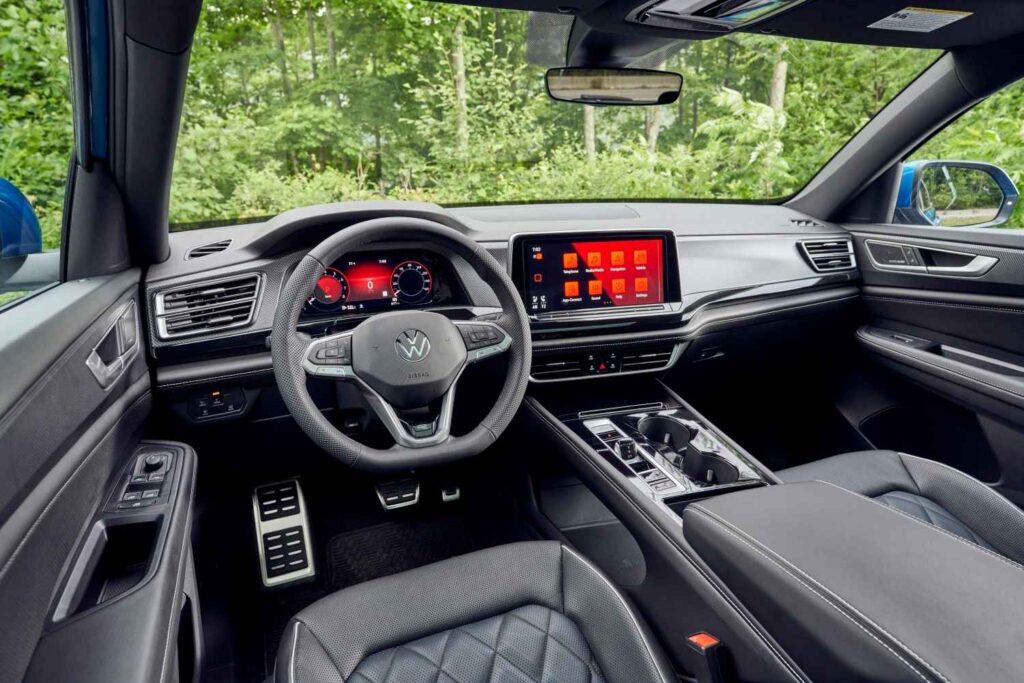
Cargo & Practicality
After cramming my niece’s roller derby gear into the back, I was shocked how the 40.3 cubic feet behind the rear seats swallowed helmets, pads, and a small cooler without folding anything—wide enough for two bags side-by-side. Drop the 60/40-split seatbacks, and you’ve got 77.8 cubic feet (just shy of the Honda Passport’s 78.8) for IKEA runs, though the anti-tip child safety anchors are awkwardly buried under the cargo floor.
Daily wins? The clever storage slits for groceries to avoid flopping, accessible cupholders that fit big water bottles, and seatback releases near the tailgate—no yoga poses to flip seats. Downsides? The high load floor makes lifting luggage a triceps workout, and the Passport’s boxier design packs better odd-shaped stuff. Still, for kids’ soccer gear or helpful Costco hauls, it’s surprisingly practical without feeling like a small SUV compromise.
Tech & Connectivity
Road-tripping through changing mountain conditions, the 12.0-inch digital display became my co-pilot—wireless Apple CarPlay synced instantly, and the configurable menus kept my eyes on tight lanes. The touch-sensitive button for climate control? Frustrating when gloves are on, but USB-C ports with fast-charge capability saved my dying phone during a 4-hour haul.
Adaptive Cruise Control maintains speed like a pro, though it overreacts to traffic markers on winding roads—my knuckles learned that the hard way. VW’s smart gizmos shine in chaos: the collision aids jerked the wheel once when a deer darted out, and the 4G hotspot kept my kids’ tablets alive (bless).
Skip the traditional gadget hunt—Android Auto and wireless connectivity here feel easy, even if the middle button layout needs a PhD. Pro tip: maintaining lane discipline? Trust the system, but keep hands ready for bumps in driving logic.
Safety
During a drowsy midnight drive home, the lane-keep assist jerked the wheel gently when I drifted—saving me from a NHTSA-rated “oops”—while the forward-collision warning screamed just in time for a deer darting across Impact-prone backroads. IQ.Drive’s adaptive cruise control felt like a zen co-pilot in bumper-to-bumper hell, though the blind-spot monitoring once overreacted to a speeding cyclist. Post-collision braking and airbags earned their 5-star crash-test rep when a pickup rear-ended me at a stoplight—minimal damage, max relief. Higher trim levels add emergency braking that’s too eager, but for driver inattention, it’s a nagging guardian angel.
Key features:
✅ IQ.Drive adapts smoothly to erratic traffic flows.
✅ Blind-spot alerts can be overly cautious in tight lanes.
✅ NHTSA’s 5-star rating holds up in real-world scrapes.
Warranty and Maintenance Plan
When my buddy’s Hyundai blew a gasket at 60k miles, I thanked the car gods for Volkswagen’s five-year/50,000-mile powertrain warranty—though their three-year/36,000-mile bumper-to-bumper policy falls a bit short next to rivals. The two-year/20,000-mile free maintenance plan covered my scheduled oil changes, but don’t expect expensive repairs post-50k—brands like Kia offer 10-year peace of mind. For mainstream class manufacturers, it’s consolation, not confidence.
Key features:
✅ Powertrain coverage outlasts bumper-to-bumper by two years.
✅ Free maintenance eases costs for early ownership.
✅ Rivals like Hyundai set higher warranty benchmarks.
Vyocar's Insight
After a week of backroad testing, the 2024 refresh feels like a step forward—ventilated front seats saved my bacon in July heat, and the digital display’s infotainment system finally rivals the Hyundai Santa Fe’s slick setup. But let’s get real: while the powerful powertrain out-muscles the Honda Passport, I caught minor issues like glitchy voice commands. Shoppers eyeing the Toyota Venza’s hybrid thrills might yawn, but for standard equipment like wireless charging and rain-sensing wipers, this Volkswagen is worth considering. Just don’t expect a luxury badge—it’s a Atlas Sport, not an Audi.
Gallery:
Images sourced from VW Newsroom.


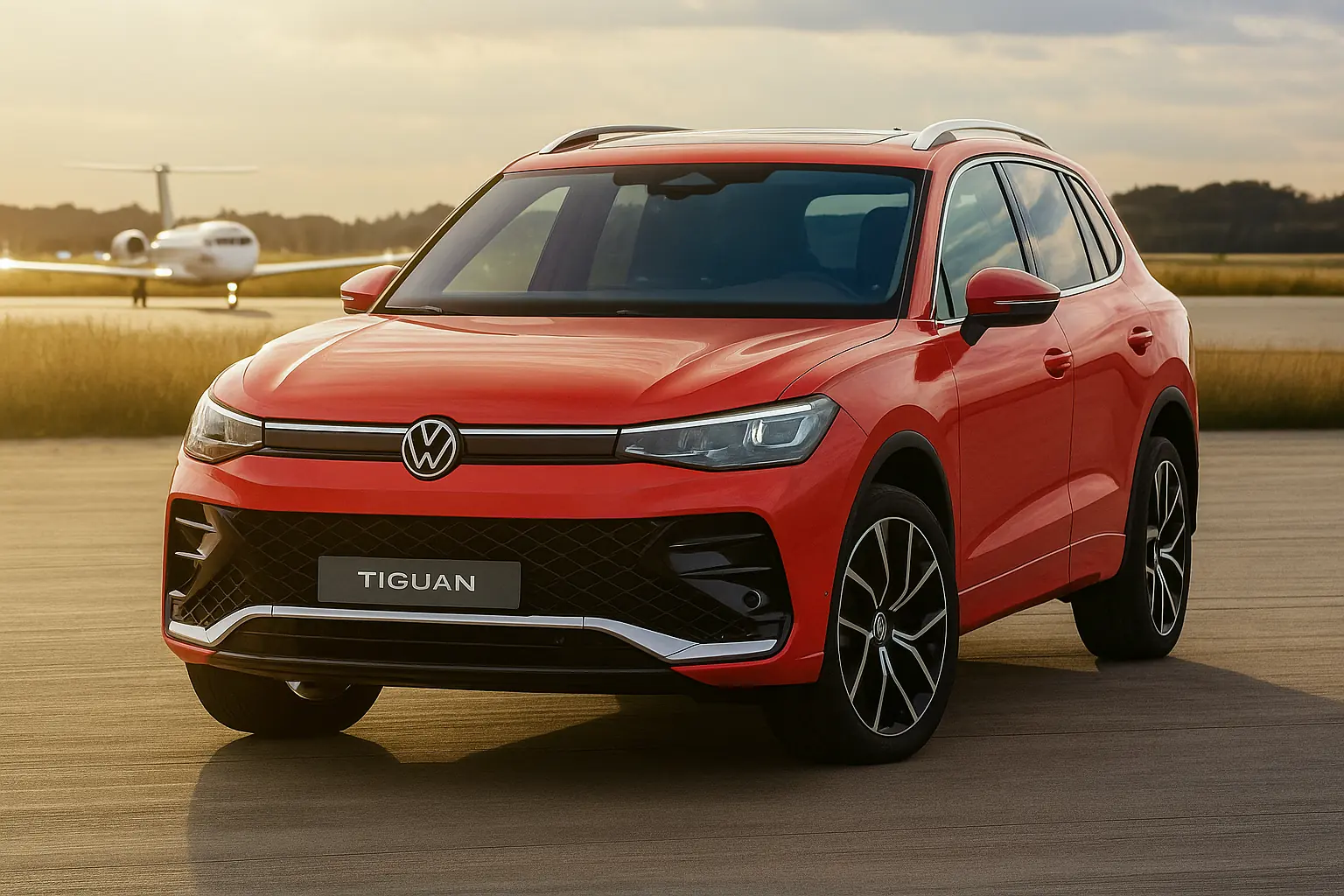
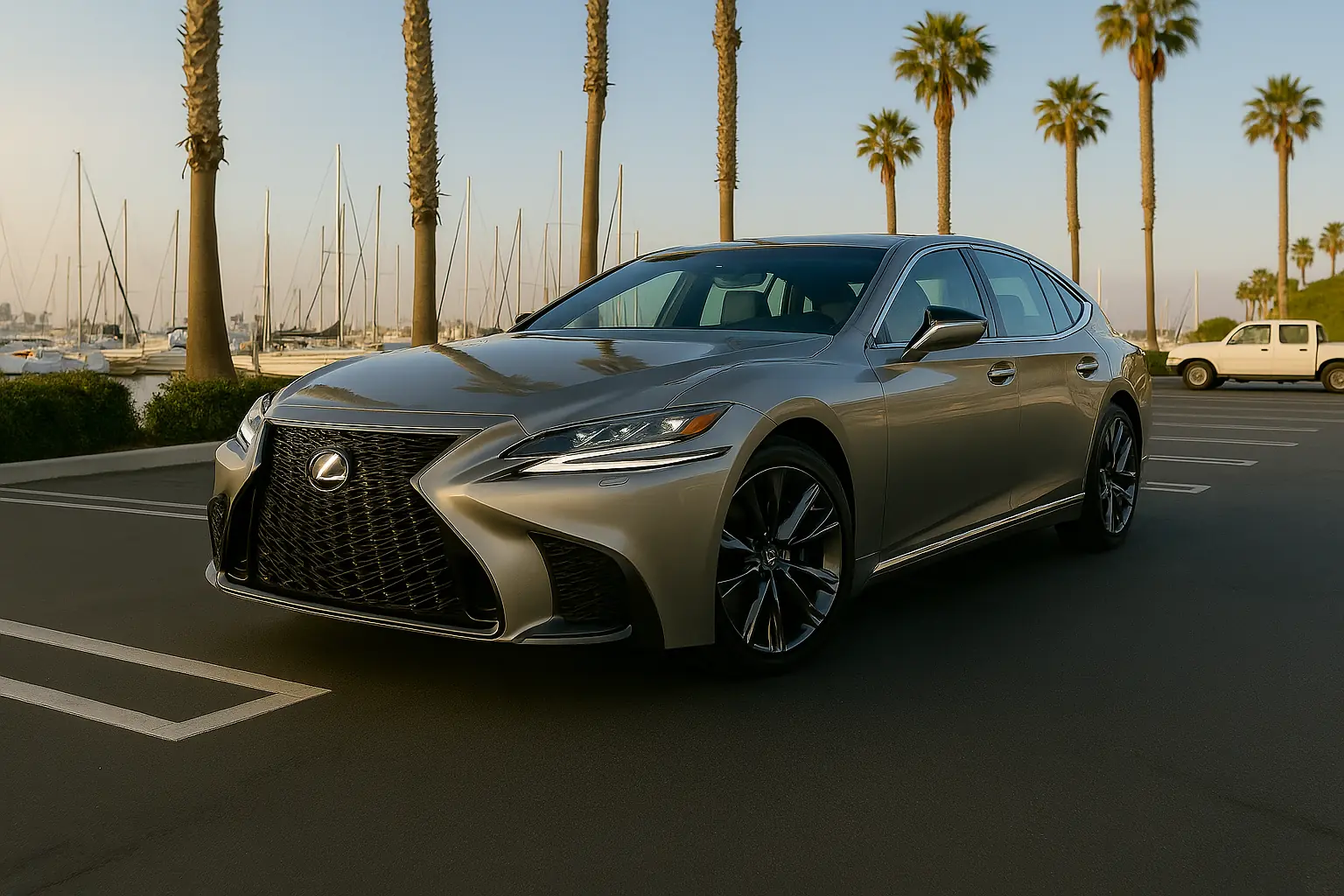
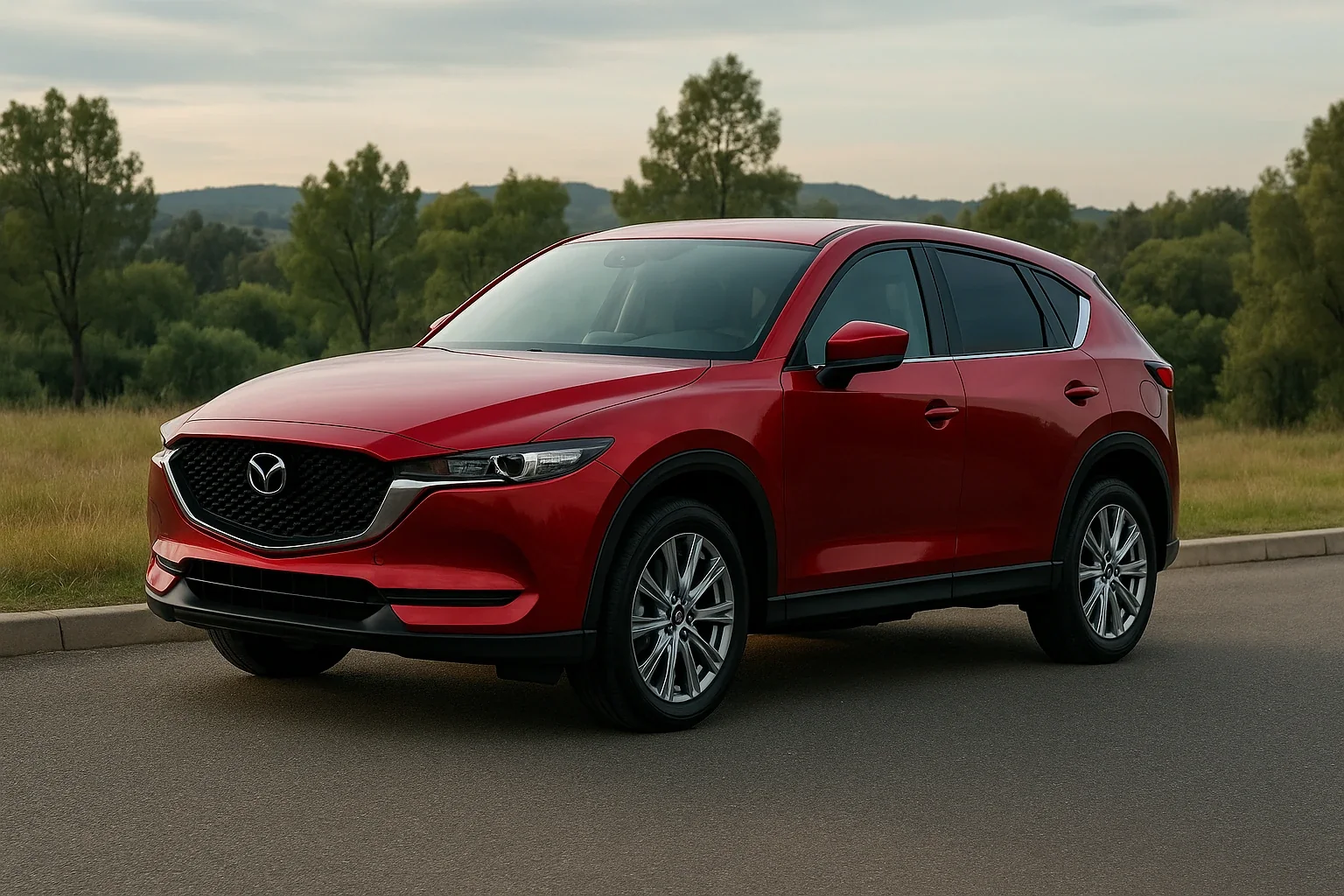
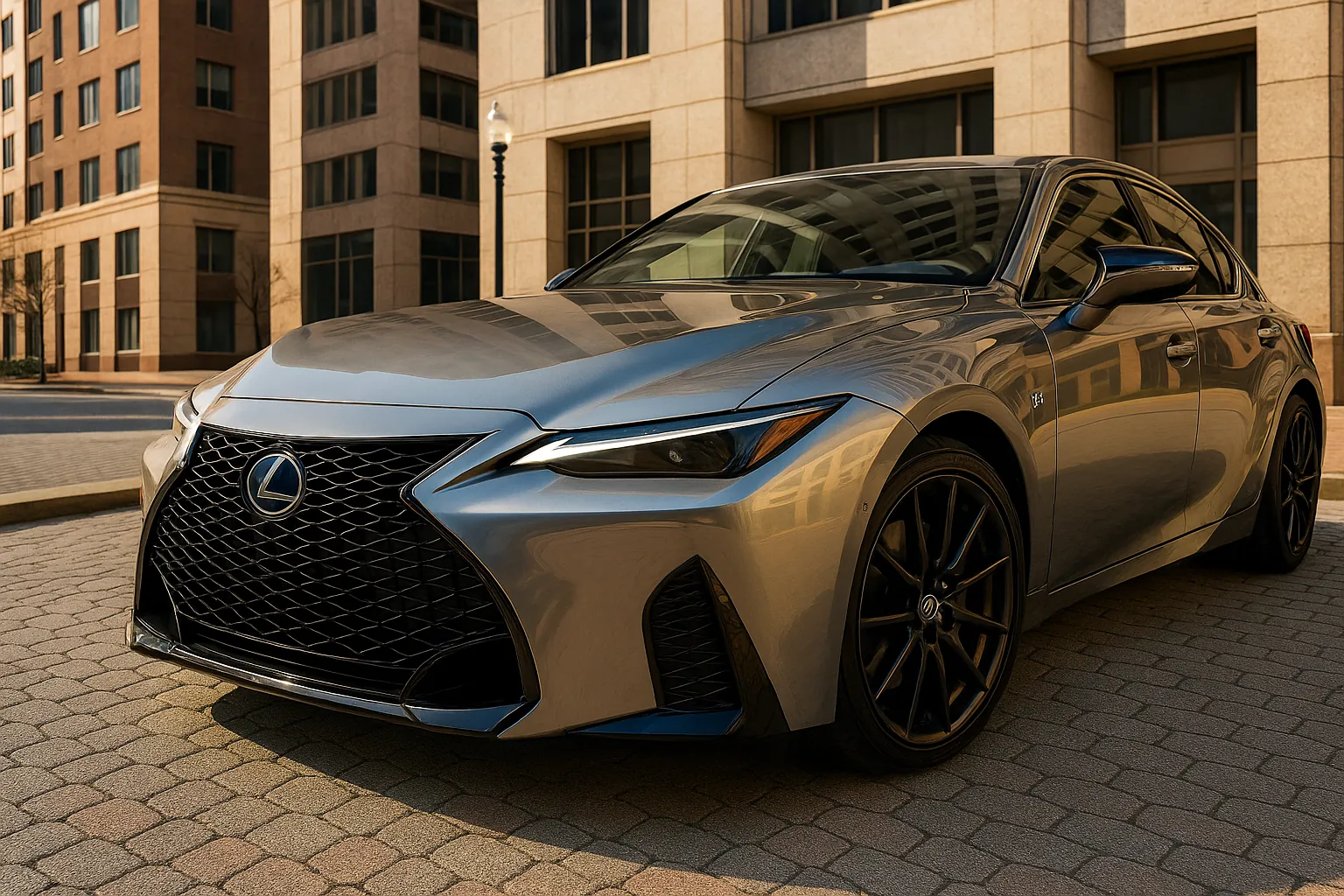
This Post Has 6 Comments
Pingback: 2024 VW Atlas SEL Premium R-Line: Real-World Review
Pingback: 2022 VW Jetta SEL review: Easy on gas easy to love
Pingback: 2022 Volkswagen Tiguan SEL R-Line Review | Smart & Capable
Pingback: 2025 Volkswagen Jetta 1.5T Sport Review & Updates
Pingback: 2025 Volvo V60 Cross Country Review: Wagon With Style
Pingback: 2024 Volkswagen Tiguan Review: Surprisingly Refined Ride